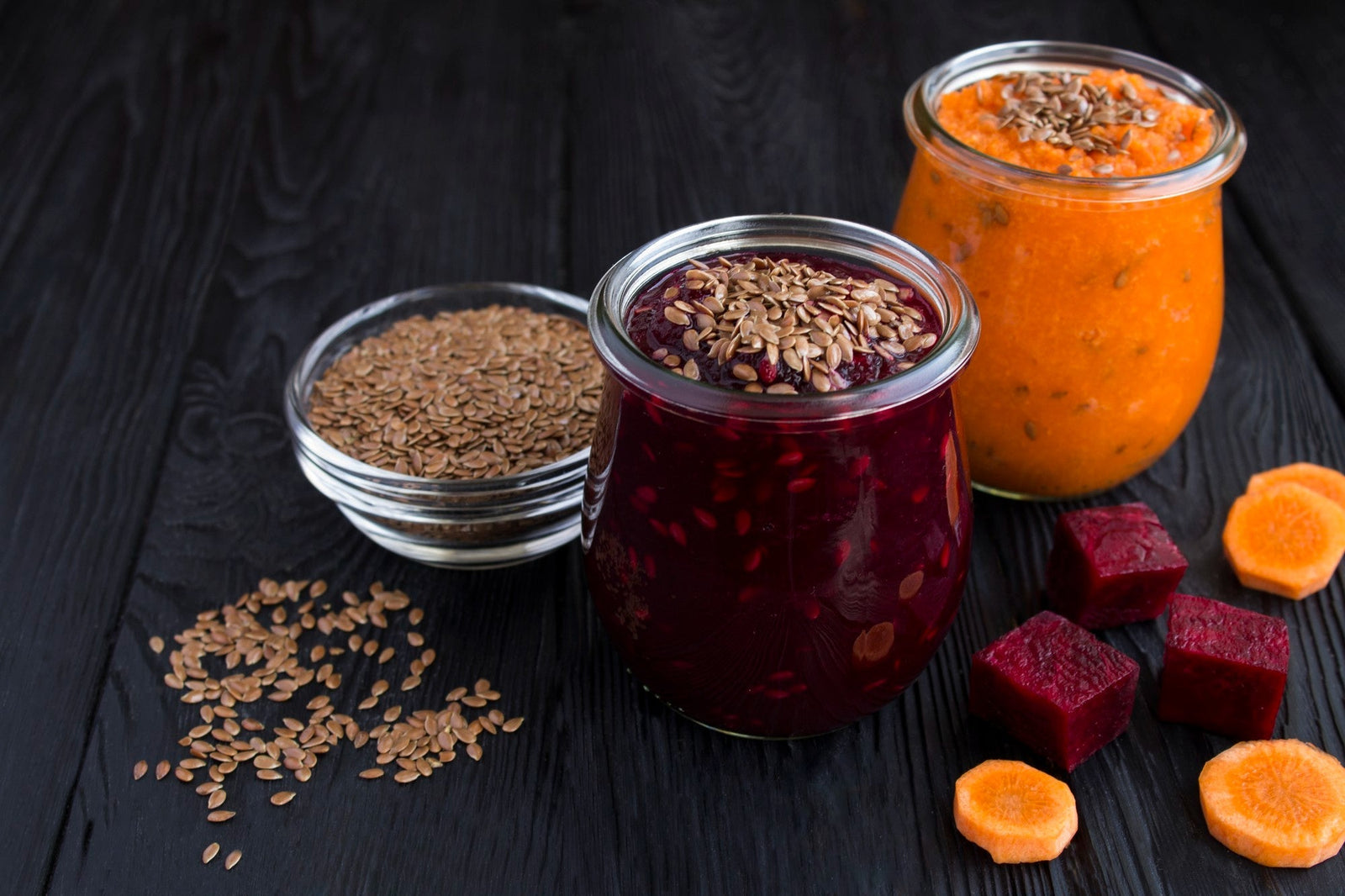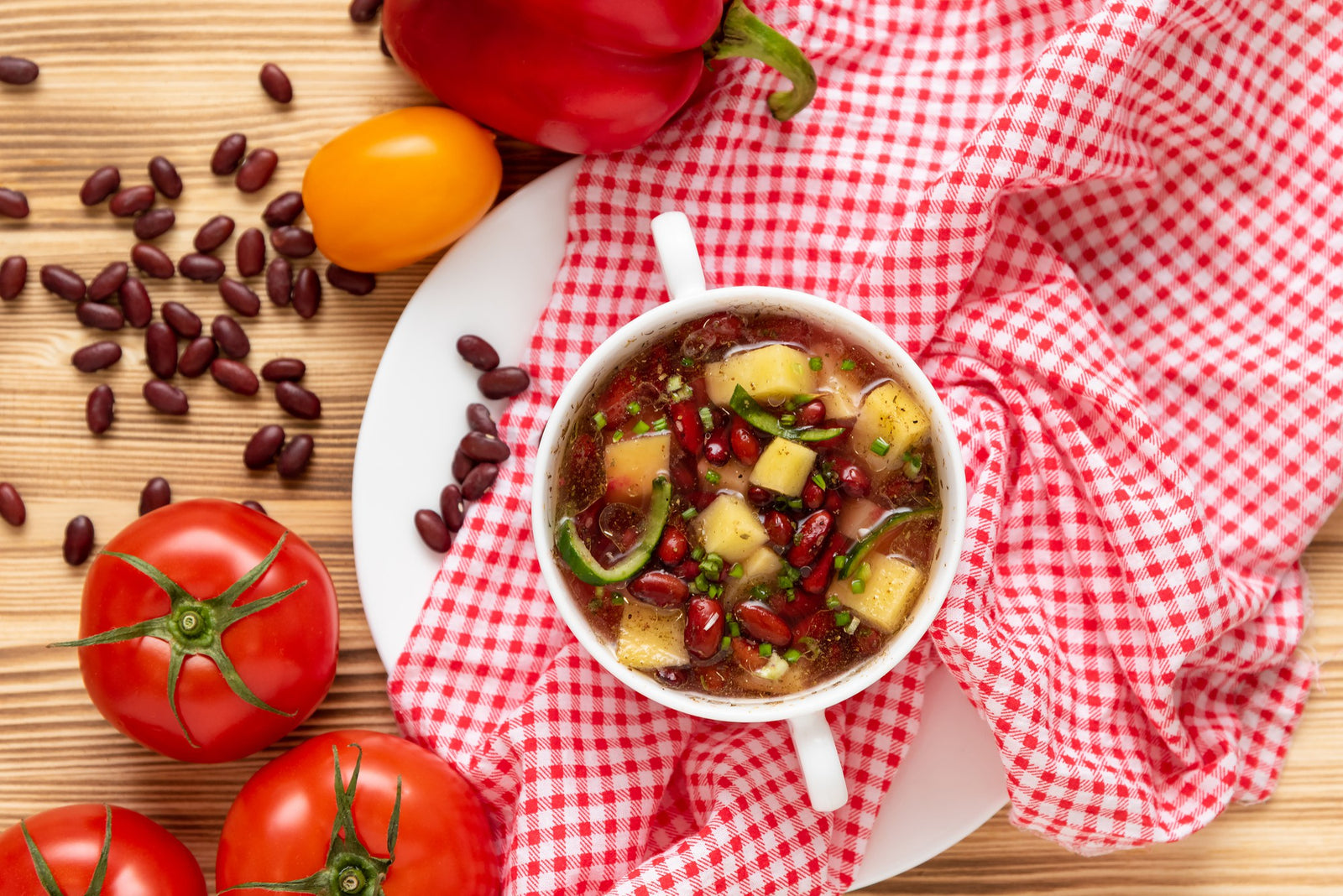
April 27, 2021 2 min read
History
Pumpkins and their seeds are native to the Americas, where pumpkin seeds held the position of a celebrated food among various Native American tribes. The seeds were renowned both for medicinal purposes as well as for their dietary properties.
In South America, pumpkin seeds were widely enjoyed by the Aztec cultures dating as far back as 1300-1500 AD. Their popularity later spread across the globe where pumpkin seeds have now become a standard part of various East European as well as Mediterranean cuisines. Elsewhere in places like India and other parts of Asia, pumpkin seeds are widely used for medicinal as well as culinary purposes.

Like many other types of seeds, pumpkin seeds are also available in prepackaged containers as well as in bulk bins. When purchasing pumpkin seeds from the bulk section, it is important to make sure that the seeds are placed in covered bins and that the store has a good turnover to ascertain the seeds’ freshness. Additionally, there should not be any moisture present and you should also look for signs of insect damage and check that the seeds are not shriveled. It is recommended to purchase organic pumpkin seeds as it will minimize the potential exposure to contaminants.
Stay tuned for next week's Healthy & Organic Living Blog on the nutrition of raw pumpkin seeds. Check out our other blogs for more information on our organic ingredients here
❤ Try our USDA certified organic Pumpkin Seeds ❤
Other Pumpkin Seed Blogs:
Thanks for reading this Be Still Farms Blog article. To sign up for more news/articles and/or recipes, click here. For more about us, click here. To shop our certified organic products, click here.
Please comment and share and we look forward to serving you in the future!
Comments will be approved before showing up.

January 27, 2025 3 min read
Flaxseed, the tiny yet powerful superfood, is packed with nutrients that can support weight loss. From curbing hunger to stabilizing blood sugar, this guide dives into the science of how flaxseed can help you shed those extra pounds.

December 11, 2024 3 min read
Discover three quick and easy soup recipes featuring organic small red beans. From a classic vegetable soup to a creamy potato blend, these wholesome recipes are perfect for chilly days and busy weeknights. Packed with flavor and nutrition, these soups will warm your heart and soul this winter!

December 06, 2024 3 min read
This vibrant and nutritious Green Lentil Salad combines tender lentils with grilled chicken, fresh vegetables, and a zesty lemon dressing. Packed with protein, fiber, and essential vitamins, it’s the perfect healthy meal for any time of day.
© 2026 Be Still Farms- Real, Fine Organics.
Privacy | Terms | Refund Policy | Organic Certification
